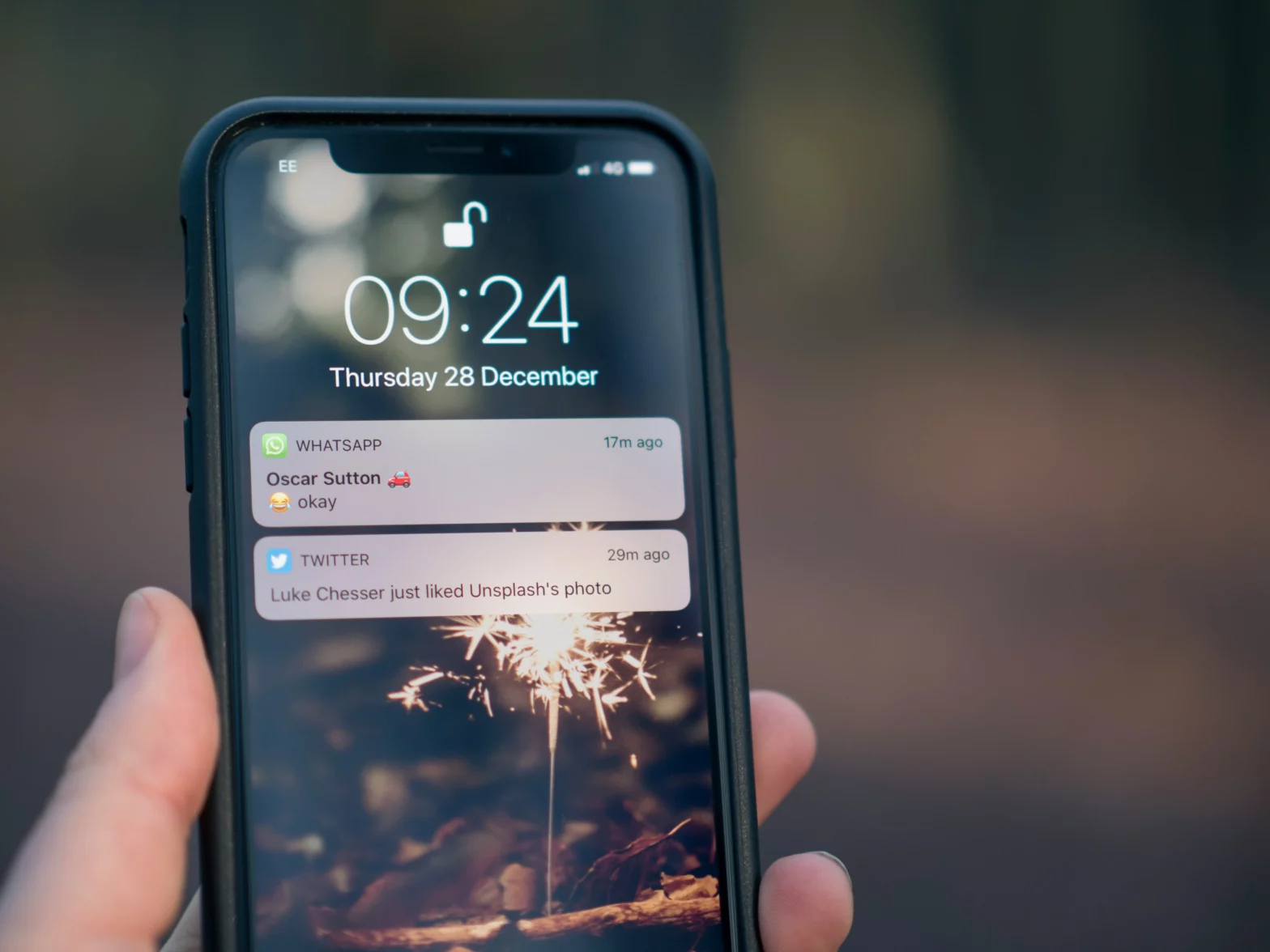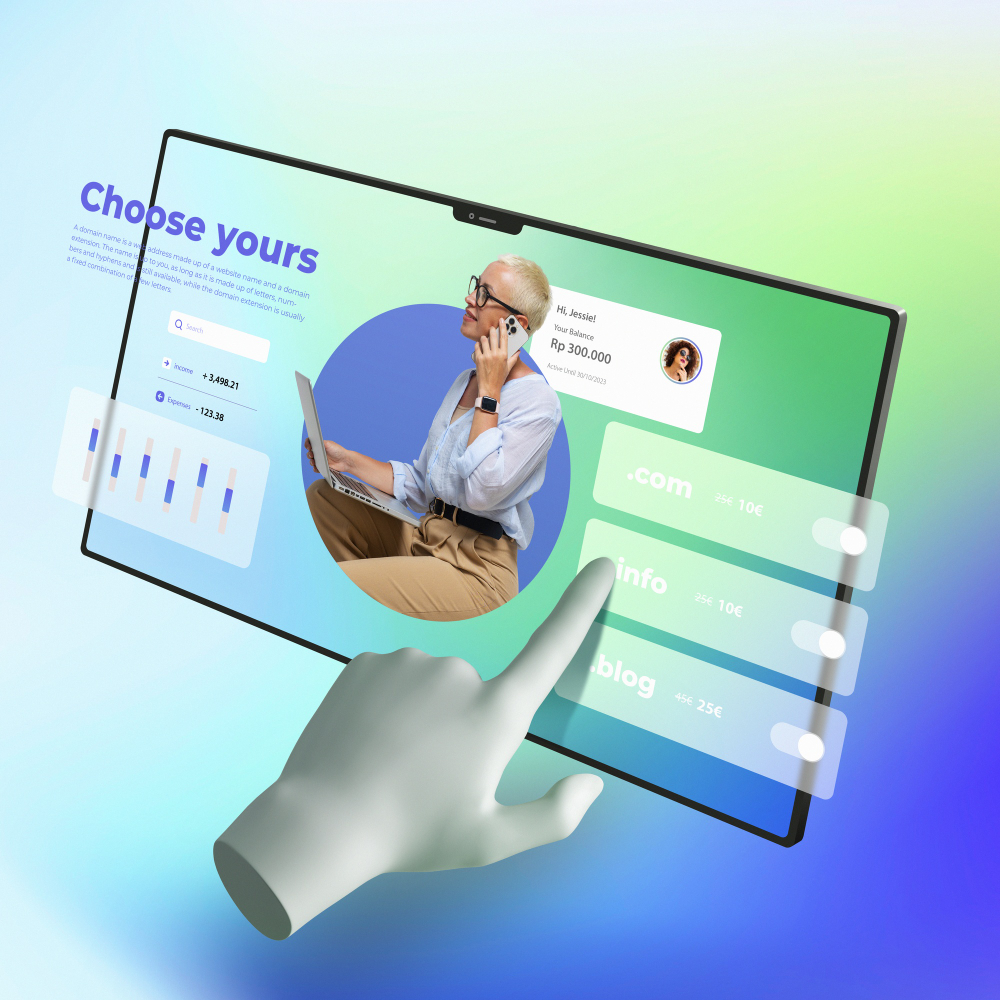4 May, 2024 • 5 min read
App Icon Notification Badges: Boosting User Engagement and Retention Across Android and Ios”

Enhance your user engagement and retention on Android and iOS with app icon notification badges. These small visual cues signal unread notifications, nudging users to interact. Choose simple, recognizable designs to guide users to specific actions. Well-crafted icons bolster brand recognition, making your app stand out. Personalized badges on iOS and dots on Android offer tailored experiences. By strategically placing these badges, you create a sense of urgency, encouraging users to delve deeper into your app. Harness the power of app icon badges to elevate your user experience and retention strategies further.
Contents
Key Takeaways
- Custom badge designs enhance recognition and user engagement.
- Android uses dots, iOS uses numbers for notifications.
- Strategic badge placement guides users towards specific actions.
- Interactive badge features enable quick app interactions.
- Badges create urgency and curiosity, boosting user retention.
Introduction to App Icon Notification Badges
To engage users effectively, familiarize yourself with the concept of app icon notification badges. These small visual indicators on app icons signal unread messages or notifications, serving as an essential tool for enhancing user engagement. When it comes to badge design, simplicity is key. Clear and easily recognizable badges are more likely to catch the user’s attention and prompt interaction with the app.
User engagement strategies play a significant role in leveraging app icon notification badges effectively. By strategically placing these badges on icons, you can guide users towards specific actions within the app, increasing overall engagement. Consider the placement of badges in areas where users are most likely to notice them, such as near interactive elements or key features.
Importance of App Icons in User Experience
App icons play an essential role in shaping your user experience through visual recognition and brand representation. They are not just tiny images on your screen but vital elements that help you identify and engage with your favorite apps easily. The design and appearance of app icons greatly impact how you perceive and interact with an application. A well-crafted app icon can make the app stand out, conveying its purpose and personality at a glance. When you see a familiar icon, it triggers a quick association with the app, enhancing your overall user experience. This instant recognition not only aids in app discovery but also strengthens your connection with the app, leading to increased engagement and retention. As a result, app icon recognition and branding impact are important aspects that contribute significantly to your overall satisfaction and enjoyment while using mobile apps.
Functionality of App Icon Badges
When exploring the functionality of app icon badges, you’ll discover how these small visual cues play a significant role in updating you about new or pending notifications within an app. Custom badge designs allow for personalized notification markers that can match the app’s branding or aesthetic, enhancing recognition. These badges serve as visual reminders, whether through a number count or a simple dot, making it easy for you to see at a glance if there are unread messages or updates awaiting your attention.
Moreover, interactive badge features add an engaging element to these notifications. They can provide quick actions directly from the app icon, such as previewing a message or marking a task as complete without fully opening the app. This level of interactivity not only streamlines your user experience but also encourages you to interact more frequently with the application, boosting overall engagement and retention. By leveraging these customizable and interactive badge functionalities, app developers can enhance user engagement and create a more dynamic user experience.
Differences in Badge Functionality Across Android and iOS
Discover the unique distinctions in how badge functionality varies between Android and iOS platforms.
- Badge Design: Android utilizes dots on app icons to indicate notifications, while iOS displays specific numbers. This difference in design impacts the visual representation of unread notifications.
- Notification Customization: Android badges offer limited customization options, with automatic increments for notification counts. On the contrary, iOS allows for more personalized badge counts, enabling users to see the exact number of unread items.
- Interactivity: Android badges require a long press on the app icon to reveal the notifications, providing a more deliberate action for users. In contrast, iOS badges show immediate information without the need for any additional interaction.
- User Experience: The differing badge functionalities between Android and iOS contribute to distinct user experiences. While Android offers simplicity and quick access to notifications, iOS provides a more detailed and customizable approach to badge management.
Understanding these nuances in badge functionality can help app developers tailor their notification strategies to suit the preferences and behaviors of users on each platform effectively.
Strategic Importance of Notification Badges
Understanding the user engagement potential of notification badges is key to optimizing app interaction and retention strategies. User interaction is greatly influenced by these visual cues, prompting users to engage with their apps by indicating new activities or updates. Notification badges play an essential role in driving user engagement by creating a sense of urgency and curiosity, motivating users to open apps and explore new content. Incorporating notification badges strategically into your app can boost user retention rates and enhance overall user experience.
Managing Notification Overload
To manage notification overload effectively in your app, prioritize relevance and frequency to enhance user experience and avoid overwhelming your users. Here are some user-centric notification management strategies to help you strike the right balance:
- Segment Your Audience: Tailor notifications based on user preferences and behavior to make certain they receive relevant information.
- Allow Customization: Empower users to choose the type and frequency of notifications they wish to receive, enhancing their control over their app experience.
- Utilize Data Insights: Analyze user engagement data to optimize notification timing and content, ensuring maximum impact with minimal intrusion.
- Implement Smart Algorithms: Leverage machine learning algorithms to predict user interaction patterns and deliver notifications at ideal times, increasing their effectiveness.

Ankur
Ankur, with over 20 years of expertise, simplifies the complex world of online marketing to boost your conversion rates. He shares actionable insights that anyone can apply to see immediate results. Trust Ankur to guide you through proven strategies that enhance your online presence and profitability.
Related Blogs

By Ankur • 8 min read
10 Reasons Why Mobile Apps Are Better Than Mobile Websites
You spend a significant amount of time on your mobile apps daily, and it's no surprise why. Mobile apps offer a more personalized experience with...

By Ankur • 4 min read
Crap Design Principles: Best Practices for User Experience
You're about to learn the secrets to crafting a great user experience. It all starts with the "crap design principles" - contrast, repetition, alignment, and...

By Ankur • 19 min read
Microsite Definition: Understanding the Purpose and Benefits
Definition of a Microsite What is a Microsite? A microsite is a special website designed for a specific purpose, like a product launch or an...
